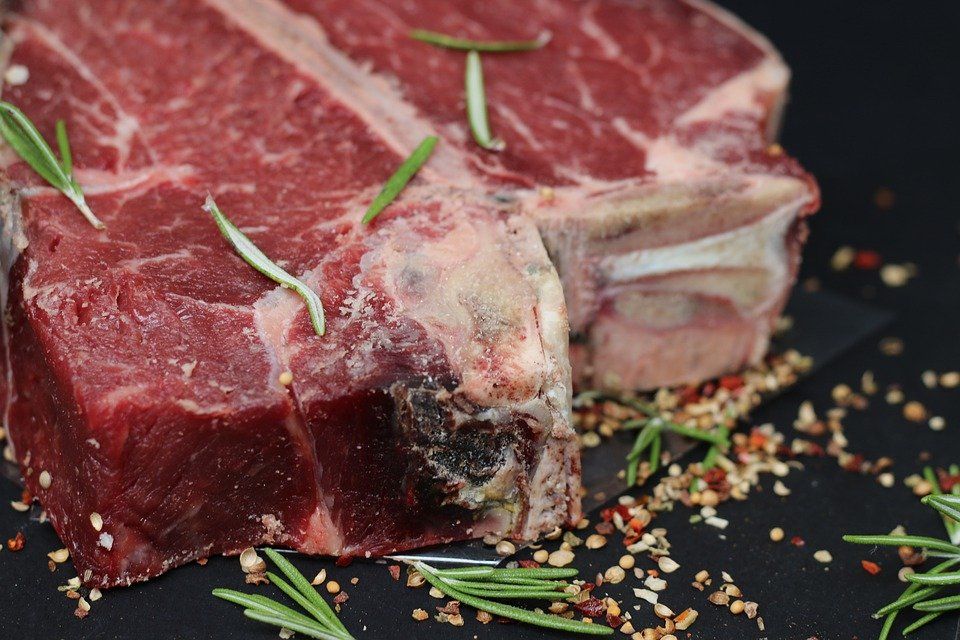1MG FlippingBooks
Red meat paper leaves levy issue unsolved
Recommendations made in the White Paper review into the industry Memorandum of Understanding have received mixed reception among affected groups, with levies a sticking point for Cattle Producers Australia and Property Rights Australia.
The White Paper, put forward by the Red Meat Advisory Council , has recommended Australia's red meat industry representative groups to be merged and unified as one body, to be known as Red Meat Australia, with one representative from each making up the board.
It also recommends that the research functions of the Australian Meat Processors Council , LiveCorp and Meat & Livestock Australia be combined into a single body, and that the MoU be renewed and updated.
Cattle Producers Australia (CPA) issued a statement saying the white paper restructure proposal was “damaging for Australia’s red meat industries”, because it left grass-fed cattle levy payers who contributed the lion’s share of industry levy funding largely unrepresented.
CPA chair Dr Paul Wright said it appeared the recommendations from a string of Senate inquiries, the Australian Competition and Consumer Commission (ACCC) and other reviews appeared had been ignored by the review panel. Leav
“This is leaving levy payers even further removed from any opportunity to influence how their levies are spent and how policies which affect their industry are developed.
“The proposal is the antithesis of no taxation without representation,” Dr Wright said.
Property Rights Australia (PRA) shared their take on the issue, saying it was beyond hypocritical for a process that started with the grass-fed cattle industry request democratic reform, which involved two Senate inquiries, to result in the most undemocratic structure that could possibly be conceived.
PRA Chair Joanne Rea says that through the extensive consultation provided through repeated Senate inquiries producers were adamant that they wanted more control of their levies and democratic industry organisations.
“A very large proportion of the family production sector thought that the recommendations were very good and indicative of what our industry needed,” she said. “Producers, particularly family farmers. have been ignored in this flawed process.”
However, other public statements put forward on the Red Meat MoU review have given their support to the white paper's recommendations.
Sheep Producers Australia (SPA) has welcomed recommendations, with SPA Chair Chris Mirams saying the white paper outlined a bold and visionary option for the industry’s future, which was exactly what SPA had called for in response to the initial consultation phase.
“The white paper highlights the need to create a new fit-for-purpose structure to provide effective national industry leadership. This is a once in 20-year opportunity,” Mr Mirams says.
Peak Industry Council representing red meat processors, wholesalers and retailers, the Australian Meat Industry Council (AMIC), released a statement following the white paper release saying it will engage with members in coming weeks to discuss its recommendations.
“We’ll be going out to members in the coming weeks and months to gauge their response to the white paper and in due course will share our thoughts on the best way forward to ensure greater returns for our members,” AMIC CEO Patrick Hutchinson says.
To review the Red Meat Advisory Council’s White Paper proposal, click here.

















